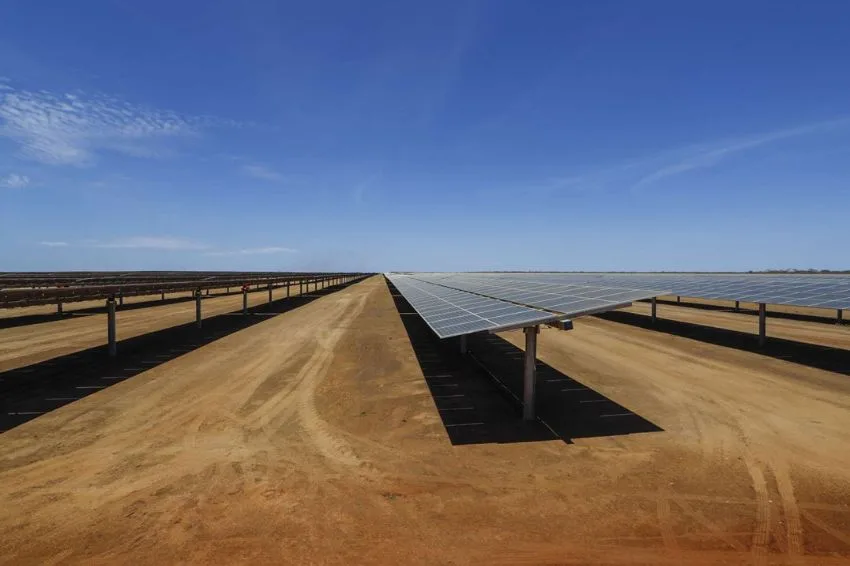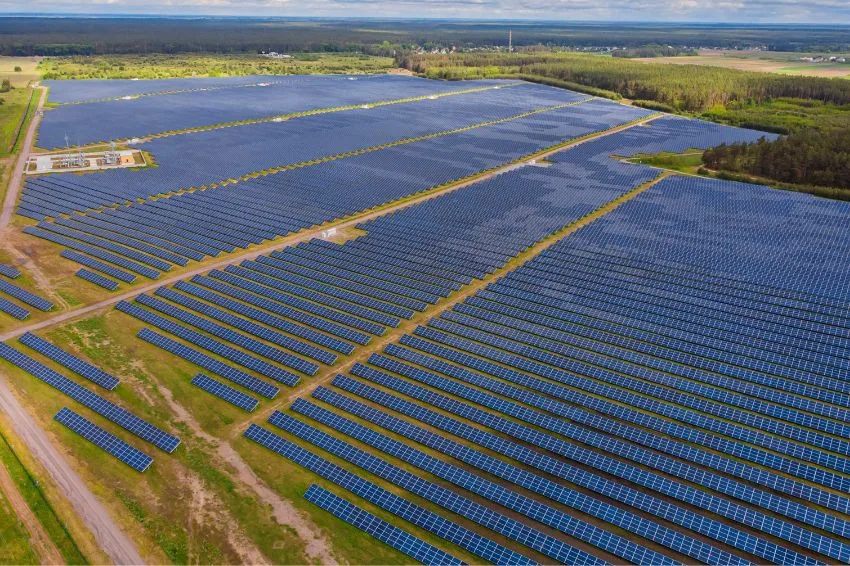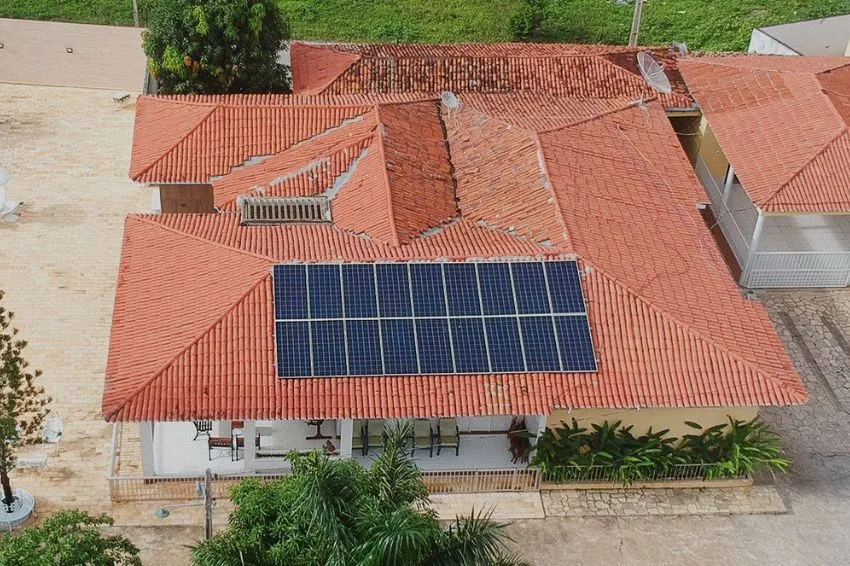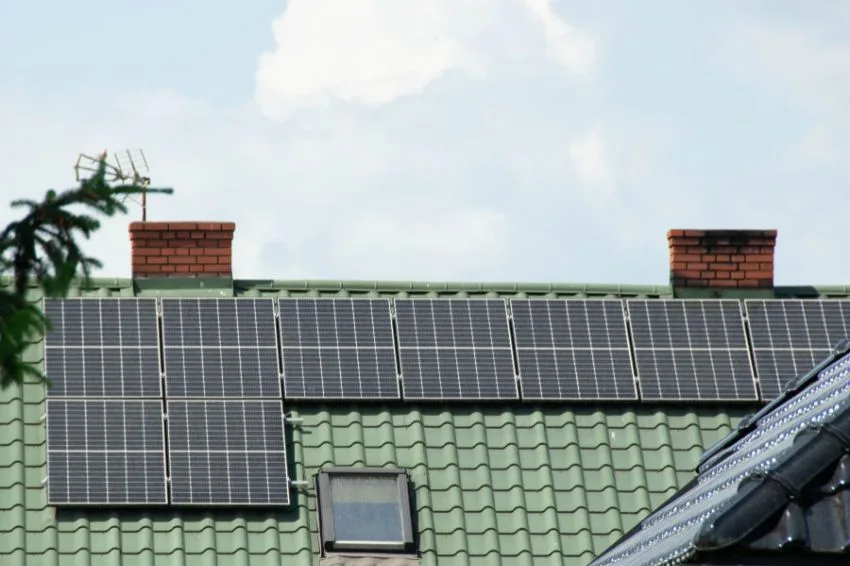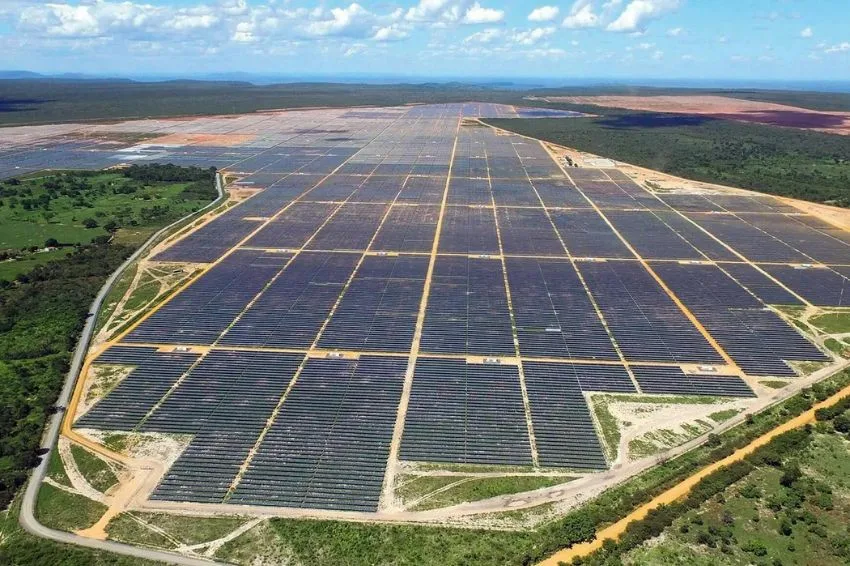With the collaboration of the journalist Ericka Araújo
Today, throughout Brazil, the Field Day, a date that seeks to promote society's awareness of the importance of rural areas for the national economy and honor those who work directly or indirectly with activities related to the sector.
For this reason, the Solar Channel Below is a survey on how the photovoltaic source is increasingly present on rural properties across the country, including occupying the third position in the ranking of installed power in GD (distributed generation) of solar energy.
Data from ANEEL (National Electric Energy Agency) point out that the consumption class is currently responsible for around 13.7% of all installed power in Brazil, with more than 75.8 thousand photovoltaic systems installed and around 109.1 thousand UCs (Consumer Units) receiving credits.
Currently, these properties total just over 1.44 GW, second only to the power installed through residential systems and commercial establishments, which currently have 4.8 GW and 3.37 GW, respectively. Between January and April this year alone, 12,837 photovoltaic systems were installed on Brazilian rural properties, increasing 208,221.67 kW of installed power.
In April 2021, the segment accounted for approximately 819 MW of installed power, that is, by April of this year the rural class increased by more than 75%. At the moment, according to ANEEL data, the states that stand out the most are: Minas Gerais, with 393,571 kW; Rio Grande do Sul, with 211,446 kW; and Mato Grosso, with 153,521 kW.
“The rural customer understood that electrical energy is an input that directly impacts the profitability of their property. Thus, by generating their own energy, everyone will save money on this input”, he explains. Rafael Carlos Araújo, commercial manager of Boost Energies.
To serve the segment, Araújo participated in three Canal Solar courses: Regulation, Market and Business Models in Solar Energy, Solar Energy Projects with Battery Storage It is Advanced Course on Distributed Generation Solar Plant Design up to 5 MW.
Interest and lines of credit
Increasingly, solar energy is receiving new lines of financing from Federal Government programs and banks, with attractive interest rates and different payment terms.
“In addition to attractive rural credit, we have food cooperatives encouraging new poultry, fish and pork producers. All of this makes solar energy in the field one of the best on the market”, highlights Dennis Cavizioli, director of operations at Solsten Energia Solar.
The executive, who carried out the Grounding and SPDA Course – emphasis on Photovoltaic Plants, also adds that there is no longer any doubt that the photovoltaic source in the field is today one of the greatest potentials on the market. “With the increasing rise in electricity tariffs, many producers continue to look for photovoltaic energy to reduce the value of their bill, thus improving financial results, in addition to the environmental issue that they end up contributing to the environment by generating their own energy”, he says .
Rural GD solar
- Number of systems: 75,881;
- Systems receiving credits: 109,114;
- Installed power: 1.44 GW.
Total solar GD
- Number of systems: 984,852;
- Systems receiving credits: 1,243,709;
- Installed power: 10.51 GW.




